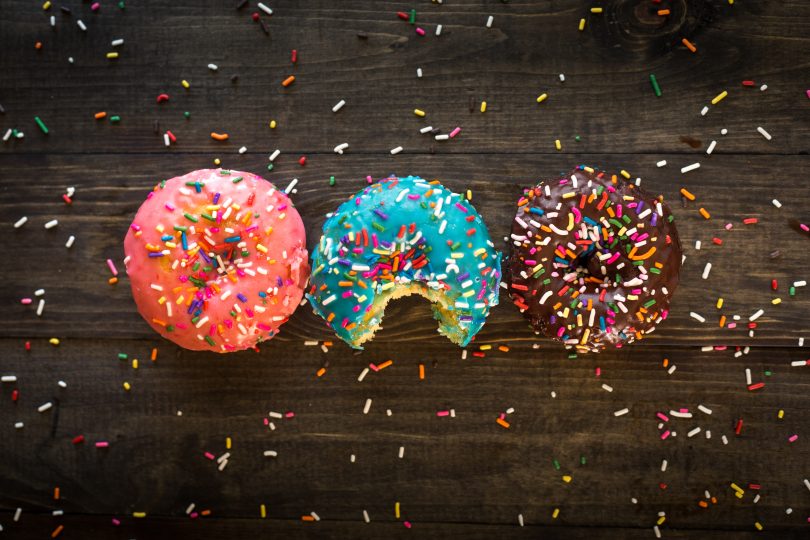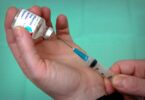Our brains are programmed to love sugar. And, sugar is in all foods with carbohydrates, including fruits, vegetables, grains, and dairy. Eating these whole foods is good for your health because your body digests them slowly, and they provide energy to your cells. But, foods with added sugars are another story and are best to avoid. How sweet is your diet?
If your diet is like the typical American’s, you’re eating way too much sugar every day. The food industry adds sugar to practically every processed food we eat, including ketchup, hot dogs and salad dressing. That helps explain why we eat so much sugar.
It’s best to try to avoid eating and drinking foods with added sugar. You can get your carbohydrates elsewhere. We get most of our unhealthy sugar from sugary beverages, including sports drinks. Four grams of sugar is a teaspoon. One can of cola has 39 grams of sugar, 10 teaspoons!
Even fruit juice has a lot of natural sugar and some fruit juice has added sugar. Fruit juice also contains vitamins and other nutrients, but those benefits are offset by all the sugar. Breakfast cereal and yogurt (except plain yogurt) also generally contain a lot of sugar.
Our body needs sugar to survive. But our body can get all the sugar it needs from glucose. Our body makes glucose by breaking down carbohydrates, proteins and fats we eat. We do not need to eat foods with added sugar to feed our brains. Those foods can cause heart disease, fatty liver disease, diabetes; they can also raise blood pressure.
How much added sugar is ok to eat each day? The Harvard School of Public Health says that you can have about 50 grams or 12 teaspoons of sugar a day or 200 calories from sugar, ten percent of a typical adult’s recommended calorie intake. The American Heart Association recommends even less: Women should have no more than six teaspoons of sugar a day and men nine teaspoons in order to reduce risk of heart disease and obesity.
There are many types of sugars: Sucrose (table sugar), corn sweetener, high-fructose corn syrup, fruit-juice concentrates, nectars, raw sugar, malt syrup, maple syrup, fructose sweeteners, liquid fructose, honey, molasses, anhydrous dextrose are all types of sugar. In fact, you can pretty much assume that any word ending in “-ose,” the chemical suffix for sugars, is a type of sugar. If any sugar is listed on a food label, you should assume that the product has a lot of sugar. You can look at the nutrition facts label of most foods for the amount of “total carbohydrates.”
To learn more about the risks of too much sugar, read this post on foods with added sugar. To get John Oliver’s ever smart take, watch this:










